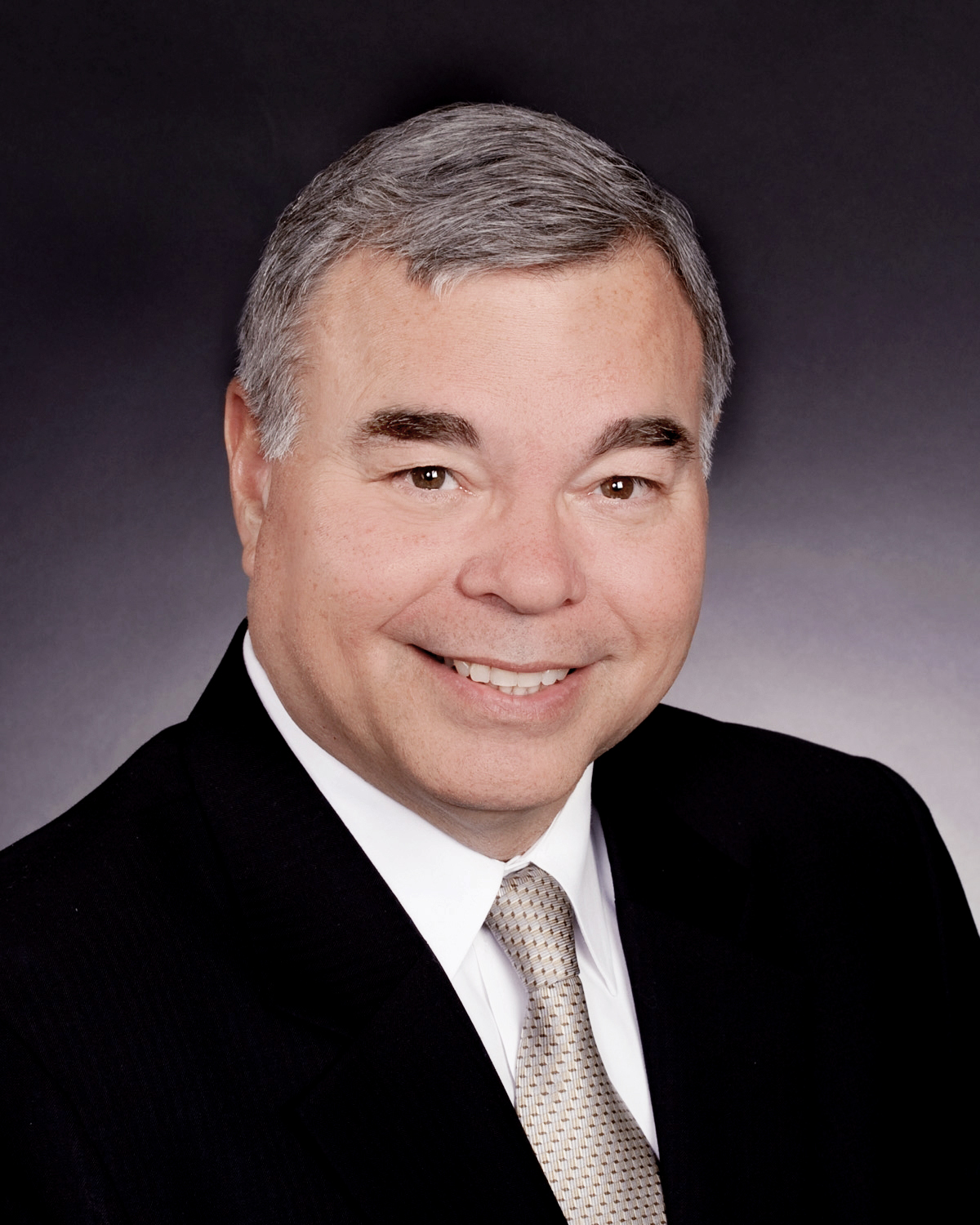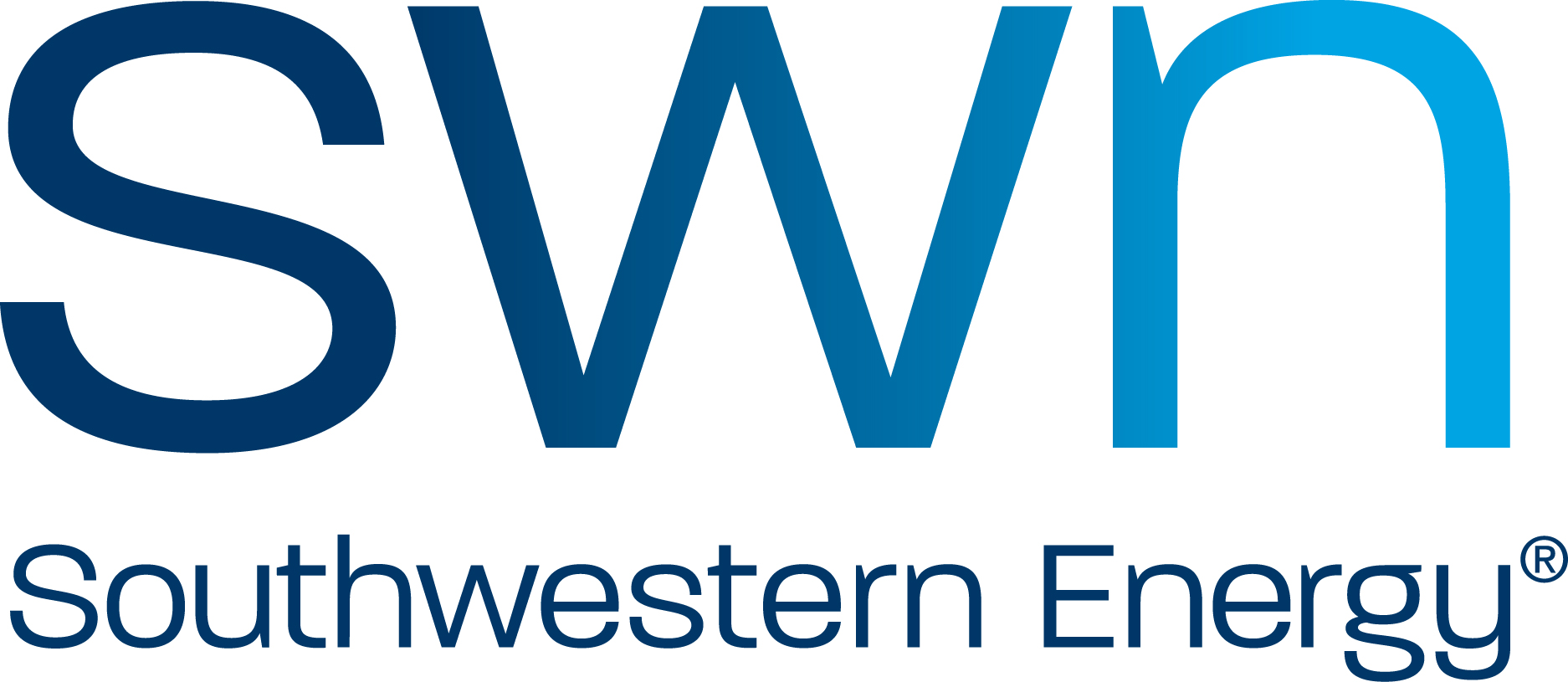North Tech Lunch: What is the "holy grail" of Machine Learning in Seismic Interpretation?* - Jan 18th

Meeting Location:
Southwestern Energy Conference Center
10000 Energy Drive
Spring, TX 77389
(Free parking)
Meeting Time:
11:00 to 1:00 pm
*Registration Begins at 11:00
**Buffet Lunch line will open at 11:15
**Presentation starts at 12:00
NOTE: You Must Be Logged In to Register.
Speakers: Tom Smith, Geophysical Insights
The presentation focuses on machine learning in seismic interpretation, so it first lays out those parts of machine learning that help us interpret. Appropriate terms are defined and set in a framework for the real object of our applied science – prediction. Several examples illustrate how this new technology extends the context of seismic stratigraphic analysis (Mitchum, Vail and Sangree, 1977). Simultaneous multiple-attributes were autopicked by machine learning to deliver geobodies from a 3D survey in an unconventional resource play in the Eagle Ford in South Texas. From these, the time-depositional sequence relationships across the prospect (Wheeler diagram) were developed (Santogrossi, 2017) for basin assessment. These results were only possible through predictable seismic results far below conventional tuning thickness. An example in conventional exploration illustrates how a DHI (direct hydrocarbon indicator) computed with machine learning was demonstrably better than conventional amplitude conformance to structure (Roden and Chen, 2017) for reservoir assessment. Recently, a mathematical model was presented to define the factors to assess successful simultaneous multi-attribute seismic interpretation (Smith, 2017). It is clear with machine learning that cross-validation, automation and other tools are marked for their growing utility as a part of our efforts to make better models and better predictions. Many of our colleagues have bought into machine learning. Our bosses have certainly bought into machine learning. Like the processes developed by Google and Amazon, machine learning will be a fact of life in seismic interpretation. The good thing is that, like driving a car, you don’t have to know how to rebuild a carburetor to drive to Katy, Texas. You just have to know how to stay on the road.
Speaker Biography: Tom Smith, Geophysical Insights
Dr. Tom Smith received a BS and MS degree in Geology from Iowa State University. His graduate research focused on a shallow refraction investigation of the Manson astrobleme. In 1971, he joined Chevron Geophysical as a processing geophysicist but resigned in 1980 to complete his doctoral studies in 3D modeling and migration at the Seismic Acoustics Lab at the University of Houston. Upon graduation with the Ph.D. in Geophysics in 1981, he started a geophysical consulting practice and taught seminars in seismic interpretation, seismic acquisition and seismic processing. Dr. Smith founded Seismic Micro-Technology in 1984 to develop PC software to support training workshops which subsequently led to development of the KINGDOM Software Suite for integrated geoscience interpretation with world-wide success.
The Society of Exploration Geologists (SEG) recognized Dr. Smith’s work with the SEG Enterprise Award in 2000, and in 2010, the Geophysical Society of Houston (GSH) awarded him an Honorary Membership. Iowa State University (ISU) has recognized Dr. Smith throughout his career with the Distinguished Alumnus Lecturer Award in 1996, the Citation of Merit for National and International Recognition in 2002, and the highest alumni honor in 2015, the Distinguished Alumni Award. The University of Houston College of Natural Sciences and Mathematics recognized Dr. Smith with the 2017 Distinguished Alumni Award.
In 2009, Dr. Smith founded Geophysical Insights, where he leads a team of geophysicists, geologists and computer scientists in developing advanced technologies for fundamental geophysical problems. The company launched the Paradise® multi-attribute analysis software in 2013, which uses Machine Learning and pattern recognition to extract greater information from seismic data.
Dr. Smith has been a member of the SEG since 1967 and is a professional member of SEG, GSH, HGS, EAGE, SIPES, AAPG, Sigma XI, SSA and AGU. Dr. Smith served as Chairman of the SEG Foundation from 2010 to 2013. On January 25, 2016, he was recognized by the Houston Geological Society (HGS) as a geophysicist who has made significant contributions to the field of geology. He currently serves on the SEG President-Elect’s Strategy and Planning Committee and the ISU Foundation Campaign Committee for Forever True, For Iowa State.
Price List:
|
Pre-Registered |
Late/Walk-Up
|
Member
|
$35 |
$45 |
| Non-Member |
$45 |
$55 |
Student Member
|
$0 |
$10 |
THANK YOU TO OUR SPONSOR:
